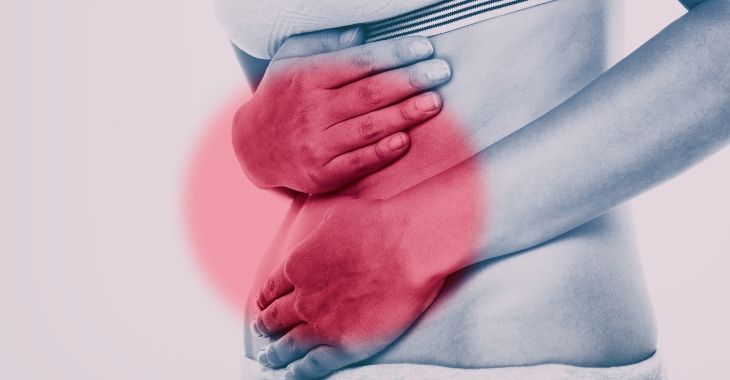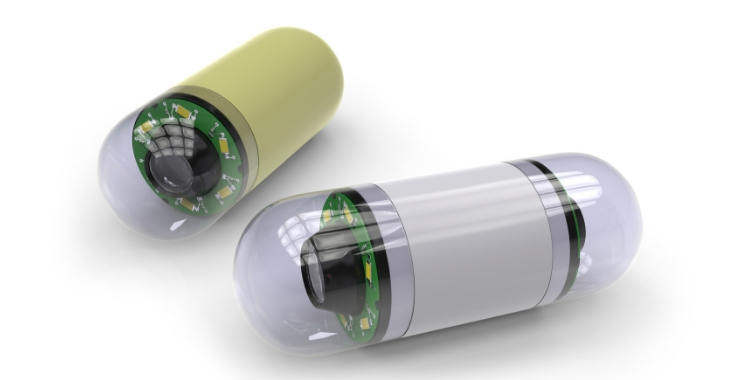Symptoms and Treatment of Gallstone Pancreatitis

The pancreas is vital to the breakdown of foods in the digestive track. This small organ releases bile and enzymes into the small intestine to help breakdown foods. A small duct connects the pancreas with the upper small intestine; if this duct is blocked, it can cause acute pancreatitis which can cause pain, illness and even death. Gallstone blockage is one of the main causes of this type of pancreatitis. This occurs when gallstones from the gall bladder block the pancreatitis duct, causing severe symptoms and health concerns.
Symptoms of Gallstone Pancreatitis
When a gallstone becomes wedged in the pancreas duct in the small intestine, fluids can be trapped in the pancreas. This inflammation can cause severe symptoms, including:
- Chills and fever
- Jaundice
- Nausea
- Pain in the upper abdomen (a “squeezing sensation)
- Vomiting
When these symptoms occur, it is important to seek medical care. Gallstone pancreatitis is painful and can be life-threatening if not treated.
Treatment for Gallstone Pancreatitis
Often, gallstone pancreatitis will need to be treated in the hospital. The patient may not be able to drink or eat normally to allow the gallstone to pass. Fluids and nutrients through an IV may be needed until the blockage is resolved. If the gallstone does not pass through the body on its own, surgery can be required to remove it from the pancreas duct.
Due to the serious nature of gallstone pancreatitis, anyone with symptoms could seek immediate medical attention. A gastroenterologist can help diagnose and treat this painful condition, removing the gallstone and possibly the gall bladder if necessary. Quick medical treatment can prevent further damage to the pancreas and other complications, including death.
The information provided on this website, including text, graphics, images, and other materials, is intended solely for informational purposes and should not be used as a substitute for professional medical advice, diagnosis, or treatment.

)